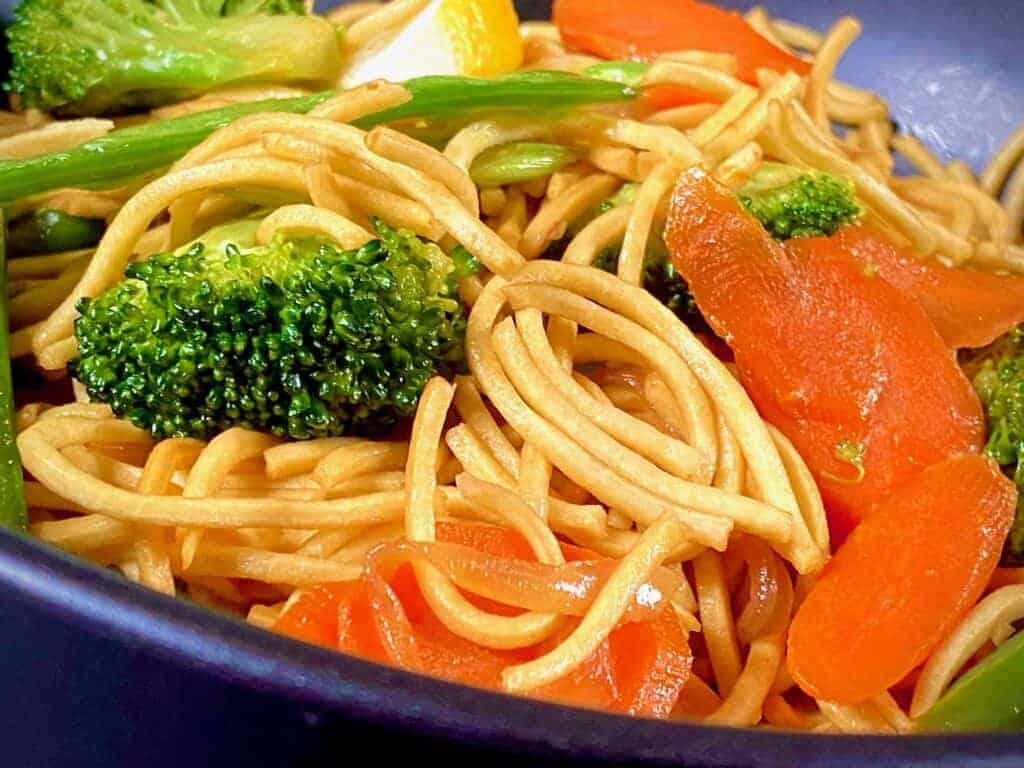Savor Flavorful Filipino Food Recipes for Every Occasion.
Enjoy Conventional Filipino Flavors With Easy-To-Follow Recipes
Exploring traditional Filipino food offers an unique possibility to engage with a rich tapestry of flavors and cultural narratives. As we check out these cooking customs, one may ask yourself exactly how to ideal bring the warmth of Filipino hospitality to their very own eating table.

Introduction of Filipino Food
Discovering the lively tapestry of Filipino food exposes an abundant cultural heritage influenced by various historical and geographical aspects. The Philippines, an archipelago of over 7,000 islands, boasts a varied variety of tastes and cooking strategies. The country's culinary landscape is shaped by aboriginal customs and the influences of emigration, trade, and migration. Therefore, Filipino food is an unique mix of Malay, Spanish, Chinese, and American elements.
Rice functions as the keystone of Filipino dishes, usually accompanied by a variety of veggies, meats, and fish and shellfish. Using bold tastes is a hallmark of the cuisine, with components such as garlic, onions, ginger, and soy sauce playing critical functions. The focus on common dining mirrors the Filipino society of friendliness and family connections.
Street food also plays a substantial duty in the culinary scene, showcasing regional components and imaginative cooking methods. As the Philippines continues to embrace globalization, the blend of conventional and modern impacts can be seen in modern Filipino meals, better enhancing its culinary identity. Filipino food recipes. In general, Filipino food is a testimony to the nation's history, society, and lively spirit
Must-Try Conventional Dishes
Filipino food is ideal experienced with its standard dishes, each using an unique insight right into the country's diverse cooking heritage. Amongst the must-try dishes is Adobo, a full-flavored stew commonly made with hen or pork, marinated in vinegar, soy sauce, and garlic prior to being slow-cooked to excellence. Its abundant and appetizing taste account represents the heart of Filipino home cooking.
An additional iconic meal is Sinigang, a sour soup commonly prepared with tamarind, tomatoes, and various veggies. This dish can include pork, shrimp, or fish, and is valued for its revitalizing taste and heating qualities.
Lechon, an entire baked pig, is a focal point at Filipino celebrations, understood for its crispy skin and tender meat. It embodies the festive spirit of Filipino celebrations.
For those desire something wonderful, Halo-Halo is a delightful dessert combining smashed ice, sweetened fruits, jellies, and topped with leche flan and purple yam.
Each of these standard meals encapsulates the significance of Filipino culture, inviting anyone to enjoy the dynamic flavors and abundant background that define the island chain's cooking landscape.
Step-by-Step Recipes
Food preparation authentic Filipino dishes in your home can be an enhancing experience that brings the dynamic flavors of the Philippines right into your click kitchen area. With a huge selection of traditional recipes to pick from, employing step-by-step recipes enables both newbie and knowledgeable chefs to understand the methods and tastes integral to Filipino cuisine.
Begin by selecting a dish that intrigues you, such as adobo, sinigang, or lumpia. Each dish often includes a thorough ingredient checklist followed by clear guidelines, leading you through the food preparation process.
As you advance, pay very close attention to cooking techniques one-of-a-kind to Filipino food, such as sautéing (ginisa) or stewing (nilaga) These methods can substantially enhance the deepness of flavor in your dishes. In addition, timing is vital; adhere to the suggested cooking times to accomplish the perfect structure and taste.
Crucial Components and Tips
Often, the trick to understanding Filipino food hinges on understanding and utilizing crucial active ingredients that specify its unique tastes. Central to numerous recipes are staples like soy sauce, vinegar, garlic, and ginger, which add to the distinct balance of full-flavored, sour, and wonderful notes. Soy sauce acts as a base for marinades and sauces, while vinegar, particularly walking stick vinegar or coconut vinegar, passes on a zesty brightness that is crucial in meals like adobo.
Rice is an essential element of Filipino dishes, usually served together with main courses to take in savory sauces. For a touch of authenticity, choose jasmine or long-grain rice. Furthermore, making use of fresh produce such as tomatoes, eco-friendly beans, and eggplants boosts the recipe's vibrancy and dietary worth.
Do not overlook the importance of natural herbs and seasonings, such as bay leaves, lemongrass, and chili peppers, which boost the flavor account. you can check here When cooking, keep in mind that persistence is essential-- permitting active ingredients to meld with each other causes richer tastes. Lastly, accept the technique of sampling as you go; this will allow you to change spices and attain the best equilibrium that defines Filipino cuisine.
Serving and Enjoying Filipino Meals
Understanding the nuances of Filipino food extends past preparation and components; it incorporates the way meals are offered and taken pleasure in. The Filipino eating experience is characterized by common sharing, advertising a sense of togetherness and event. Commonly, recipes are offered in large servings, enabling diners to engage in a selection of flavors.
Rice, a staple in Filipino dishes, is commonly functioned as the foundation whereupon the other dishes rest. Accompanying viands, such as adobo, sinigang, or lechon, are positioned in the center of the table, welcoming guests to offer themselves. Filipino food recipes. This method not only cultivates a kicked back environment however also motivates conversations and connections among restaurants

Conclusion
In conclusion, standard Filipino cuisine provides a rich tapestry of flavors and cultural relevance, inviting exploration through its varied recipes. Involving with this vibrant food not just improves the eating experience but additionally preserves and celebrates the heritage of the Filipino individuals.